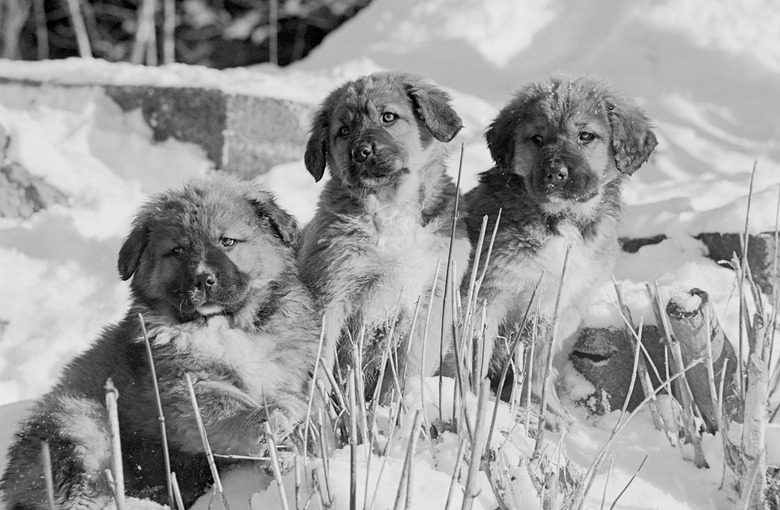How To Tell How Large A Mixed-Breed Dog Will Be
When you adopt a dog, you help save multiple lives. You rescue a new furry family member and free up a spot for another animal to take his place. Most of the dogs at shelters tend to be mixed breeds. From senior dogs to newborn canines in need of fostering, there are many nonpurebred dogs in need of homes.
In adopting a mixed-breed dog, if your new addition is a puppy, you also get to watch him grow and may be surprised along the way, but it does not have to be a total shock. There are a few ways to estimate how big a mixed-breed puppy will be when fully grown.
How to tell how big a mixed puppy will get
How to tell how big a mixed puppy will get
Looking at the pup's body structure, traits, and the size of her features can indicate whether she will be a small, medium, or large mixed-breed dog based on her background. Giving your dog a genetic test can help you find a clearer picture of the breeds of which your mutt dog is made and therefore how small or big she may grow to be. Also, looking at her weight in comparison to her age can help you estimate how much larger she will grow over time.
Taking a mathematical approach
Taking a mathematical approach
A puppy growth calculator can help you estimate how large your dog will get over the years. Depending on your dog's size, you can divide his weight at a specific age by his age in weeks and multiply by the number of weeks in a year to get an estimate of how large your mixed-breed pup may grow to be.
Male dogs are typically bigger than females. Also, the age at which your puppy is fixed can impact the size he eventually reaches. Litter mates can simply look different. Whether that's in how large their head is, what color fur they have, or other bodily features, each puppy is unique genetically, so not all puppies of a certain breed will always be exactly the same size.
Looking at a dog's features
Looking at a dog's features
If you do not know much about your mixed puppy's breed history, looking at her features might be a helpful way to narrow down the background of a mixed breed. Smaller feet may mean your dog will stay petite, while big paws as a puppy can indicate that your mixed breed is made up of large dog mixed breeds, but this is mostly just an estimate.
A dog's features can definitely give clues to what breeds they might be made of, which can help you figure out an estimated future size. For example, if your dog has a face that looks like a Chihuahua and has small limbs, it's unlikely that he will be large. If your dog resembles a Lab or shepherd in coloring or head size, he will probably be at least medium size if not one of the largest mixed-breed dogs.
Doing a dog DNA test
Doing a dog DNA test
If you want to take some of the guesswork out of figuring out your puppy's breed, dog DNA testing may be helpful in figuring out what your dog really is. While these tests are still new and may not always be completely accurate, they can be another tool to help narrow down your dog's lineage and let you know whether she comes from breeds of small, medium, or large dogs.
In addition to helping you determine size, dog genetic testing can help you learn about your dog's overall health. Testing your dog's DNA may be able to help you figure out whether your dog may be prone to certain health issues related to the breeds from which she is made. Though it's worth noting that since their genetics are not concentrated like purebred dogs, mutts have a more diverse gene pool, so the likelihood of developing conditions to which certain breeds are prone is much lower. Your veterinarian may also be able to help you narrow down the breeds from which your dog is made.
